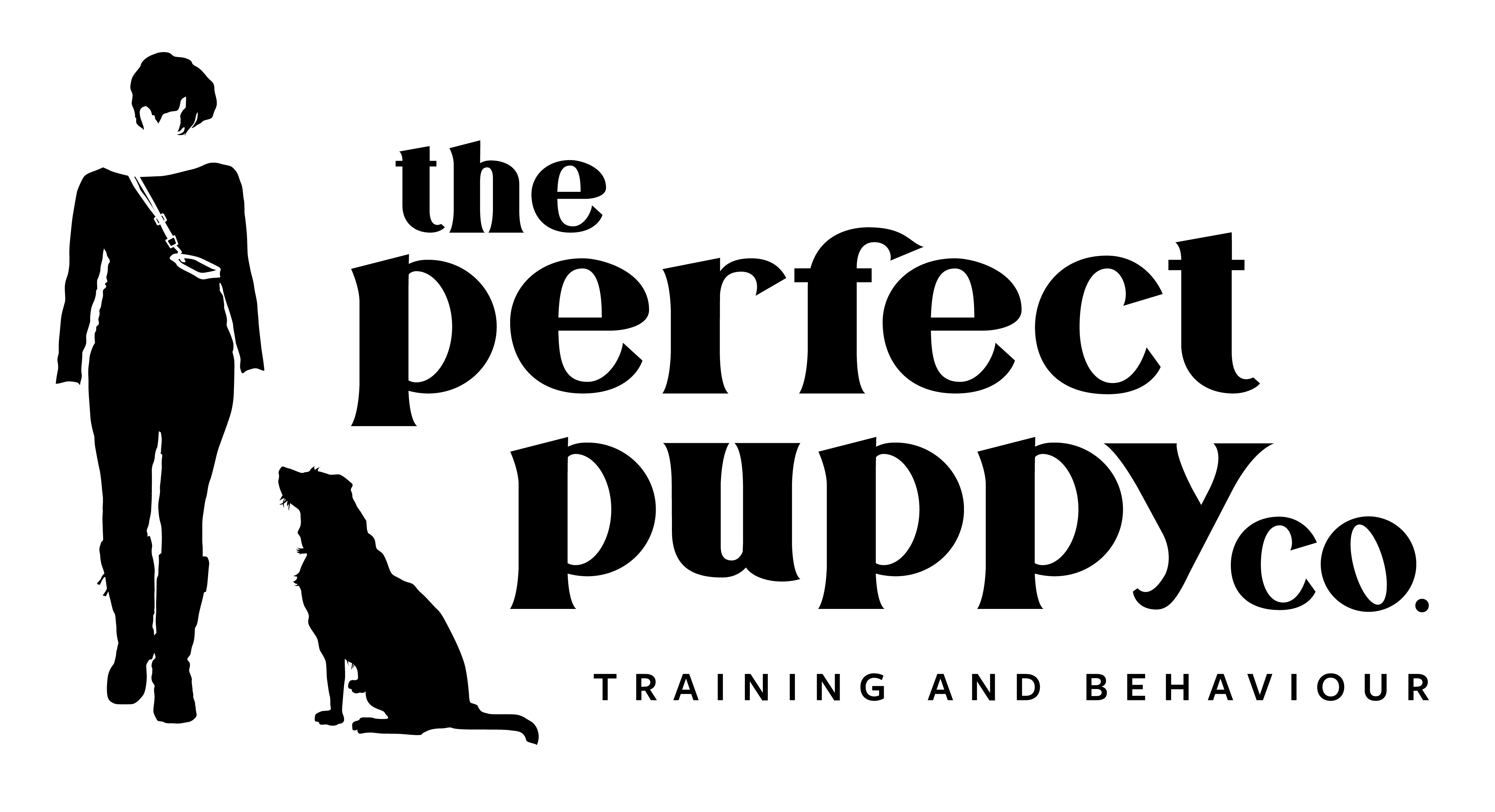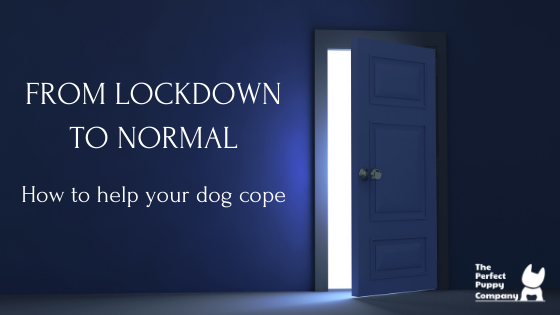From Lockdown to Normal: how to help your dog cope
Scotland’s Covid-19 lockdown is easing from 28 May. How can we help our dogs cope with the end of lockdown and the resumption of a more normal life?
Over the last 59 days our movements have been severely restricted in an attempt to contain the Covid-19 virus. Just as we have adapted to being at home over the last 59 days so our dogs have become used to having us around 24/7.
We now know that, in Scotland, these restrictions will begin to ease from 28 May and will be increasingly relaxed over the weeks that follow as we return to a more normal lifestyle. While that is much longed for by most of us we need to take proactive steps to ensure that dogs who have become accustomed to, and perhaps reliant on, our presence don’t become distressed by our absence.
Now – while we remain at home – is a great opportunity to begin teaching our dogs to be comfortable with some alone time. This is particularly important for ‘pandemic puppies’ who may never have experienced any absence from their families in their life to date.
Here are some suggestions to help your dog make the transition from constant company to being relaxed alone –
- Ensure that all your dog’s fundamental needs are met – enough sleep, a good diet, adequate exercise, enrichment and play. A dog with unmet needs is far less able to cope with stress.
- Begin to structure your ‘stay at home’ day in a way more similar to what your ‘back to normal’ day might look like. Start to establish regular times for meals and walks etc. Over the next few weeks move toward what your normal routine will be to avoid a sudden and drastic change in routine which some dogs may struggle to cope with.
- Occupy your dog with a stuffed food toy, a snuffle mat or a chew. This gives you the opportunity to leave the room while they are engaged and occupied and therefore less likely to follow you from room to room. If you can, shut the door between you.
- Build in brief absences throughout your day. Start with absences where you remain in the house or garden – taking the bins out, putting away laundry upstairs while your dog remains downstairs or doing some gardening while your dog remains indoors. Then move on to absences where you leave the house – take a short walk without your dog, pop to the corner shop etc.
- Set up a camera to film your dog during these absences to allow you to see how well – or otherwise – they are coping. If they are struggling to cope then you need to know that in order to be able to help them.
- If you normally use a dog walker or daycare facility keep in touch with them and keep the relationship going. You might need their assistance to help your dog transition back to normal. Some dogs may need additional pop in visits or more frequent visits to daycare etc.
It is hugely important always to work within your dog’s comfort zone. The very worst thing you can do to a dog who is distressed alone is leave them alone. Leaving them to ‘cry it out’ or ‘just get used to it’ is not an option. If your dog can only cope with being alone for 10 seconds then that’s where you start.
Lastly, consider what your new normal might look like. Is everything going to revert to how it was pre-Covid? I can see how much my own dog is loving having his people around more and his life is undoubtedly better as a result. So I’m going to try to re-structure my life a little to allow me more time at home with him. He’s happy alone but happier with me so we’re aiming for a bit more of the latter going forward.
Returning to normal is going to be strange for us all but with a little work and planning you can ease the transition for your dog and minimise both his stress and yours.
If you need help or advice teaching your dog to be comfortable alone get in touch. I’d be delighted to help you.
Happy Training, Aileen x

